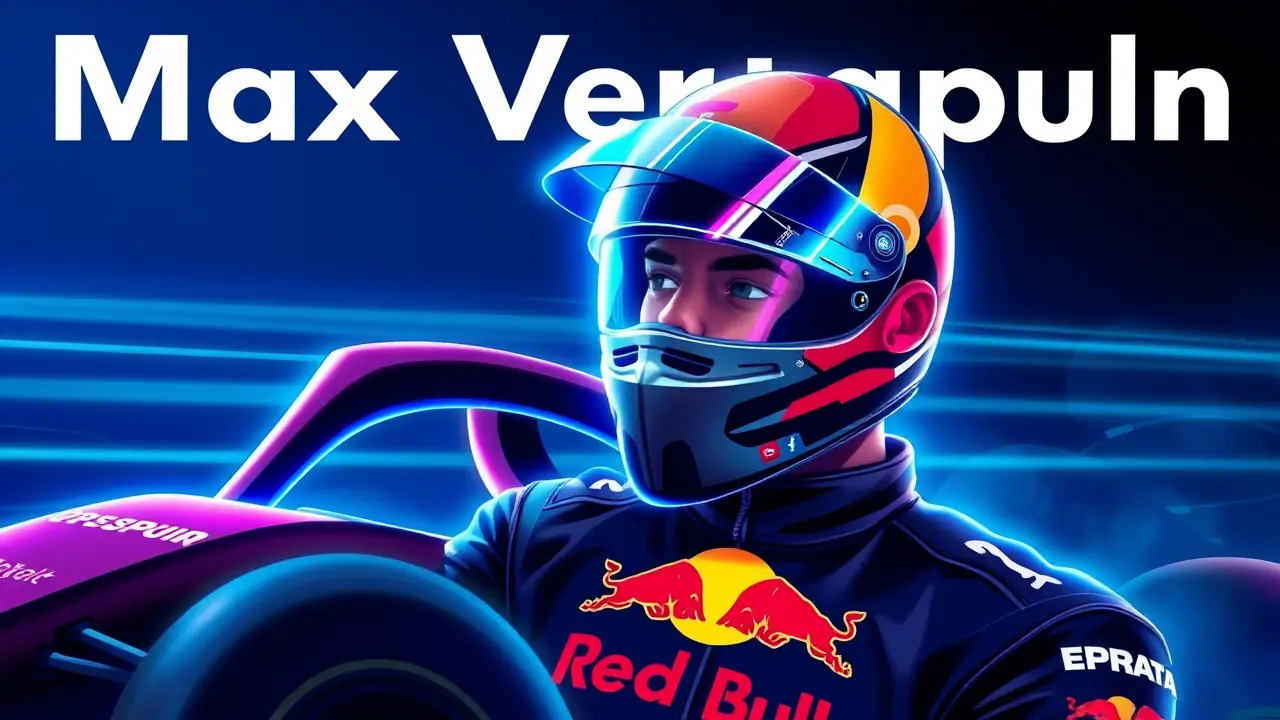- News
- sport
- McLaren chief warns "biggest challenge is still to come" as 2026 F1 regulation changes loom

SportmotorsportFormula 1
McLaren chief warns "biggest challenge is still to come" as 2026 F1 regulation changes loom
JA
Jack Turner
2 weeks ago7 min read
The champagne corks had barely finished popping at the McLaren Technology Centre, the sweet scent of victory still hanging thick in the air, but Andrea Stella, the architect of this modern dynasty, was already looking past the glittering constructors' trophy. In a moment that should have been pure, unadulterated celebration, the McLaren team principal delivered a sobering reality check, a warning shot across the bow of complacency that echoed the strategic foresight of a chess grandmaster seeing ten moves ahead.Securing the 2025 Formula 1 Constructors' Championship with a dominant one-two finish in Singapore, a staggering six races before the season's end, is an achievement that places this McLaren squad in the pantheon of the sport's greats, a feat of consistency and raw performance that brings to mind the relentless dominance of Ferrari in the Schumacher era or Mercedes' own hybrid-era supremacy. With Lando Norris and Oscar Piastri delivering a devastatingly consistent points haul—their third and fourth places at Marina Bay bringing the team's total to an unassailable 650 points, literally double that of a floundering Mercedes—the narrative should be one of unchallenged triumph.Yet, Stella, a man whose calm demeanor belies a ferocious competitive intellect, immediately pivoted the conversation from the conquered peak to the Himalayan challenge looming on the horizon: the seismic regulatory shift of 2026. This is the true mark of a champion team, the understanding that in the hyper-evolutionary ecosystem of Formula 1, standing still is tantamount to regression.The new regulations, promising a fundamental rethink of the power unit and chassis aerodynamics, represent a complete reset of the competitive order, a clean-sheet design philosophy that will render much of the hard-won advantage of the current MCL60 obsolete. It’s a challenge Stella likened to 'climbing Everest,' a fitting analogy for a task that requires years of meticulous preparation, immense resource allocation, and a willingness to venture into the unknown, where the oxygen of existing data becomes thin and the risk of catastrophic missteps is ever-present.We’ve seen this movie before; the 2022 ground-effect revolution catapulted Red Bull and Ferrari to the front while Mercedes famously stumbled with their 'zero-pod' concept, a miscalculation from which they are only just recovering. For McLaren, the danger is twofold: first, the immense distraction of developing a brand-new car while simultaneously fighting to secure the drivers' championship and extract every last ounce of performance from the current package across the final six rounds in Japan, the USA, and Brazil.Second, and more critically, is the strategic gamble of which technical path to pursue. Will Technical Director James Key and his army of engineers double down on their current high-downforce, efficient aerodynamic philosophy, or will they need a radical departure to unlock performance under the new, more prescriptive rules? This is where the 'every minute counts' mantra becomes a terrifying reality, a 24/7 development race happening in secret wind tunnels and CFD simulations while the public spectacle of the 2025 season plays out.The shadow boxing ends in 2026, and the teams that have best interpreted the new rulebook will emerge with a dominance that could last for years. Stella’s warning, therefore, is not just prudent management; it is a battle cry, an acknowledgment that the true legacy of this back-to-back championship win will be determined not by the trophies on the shelf today, but by the decisions made in the quiet, pressurized confines of the MTC over the next eighteen months.The climb to the summit of the 2025 season is complete. The far more treacherous ascent of Everest 2026 has just begun.
#featured
#McLaren
#Formula 1
#2026 regulations
#constructors championship
#Andrea Stella
#Lando Norris
#Oscar Piastri
#motorsport
Stay Informed. Act Smarter.
Get weekly highlights, major headlines, and expert insights — then put your knowledge to work in our live prediction markets.
Related News
© 2025 Outpoll Service LTD. All rights reserved.













